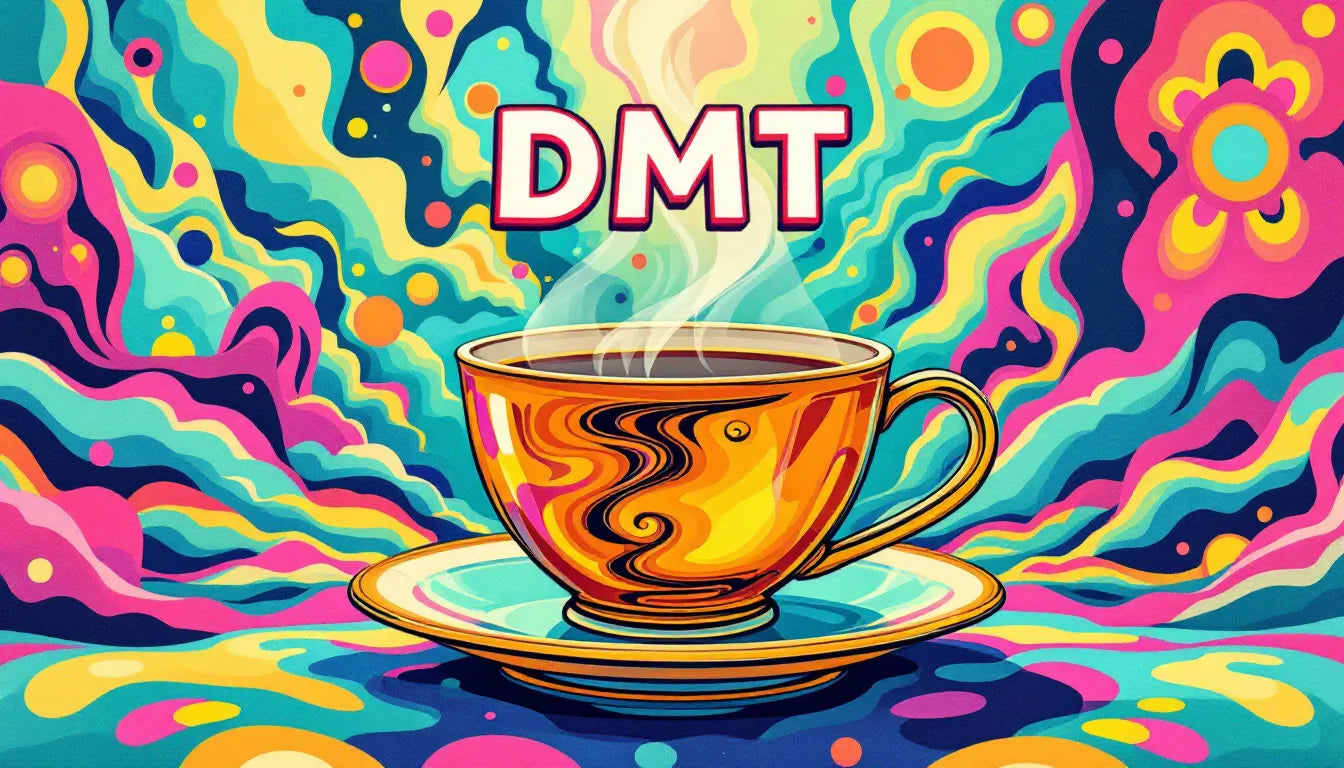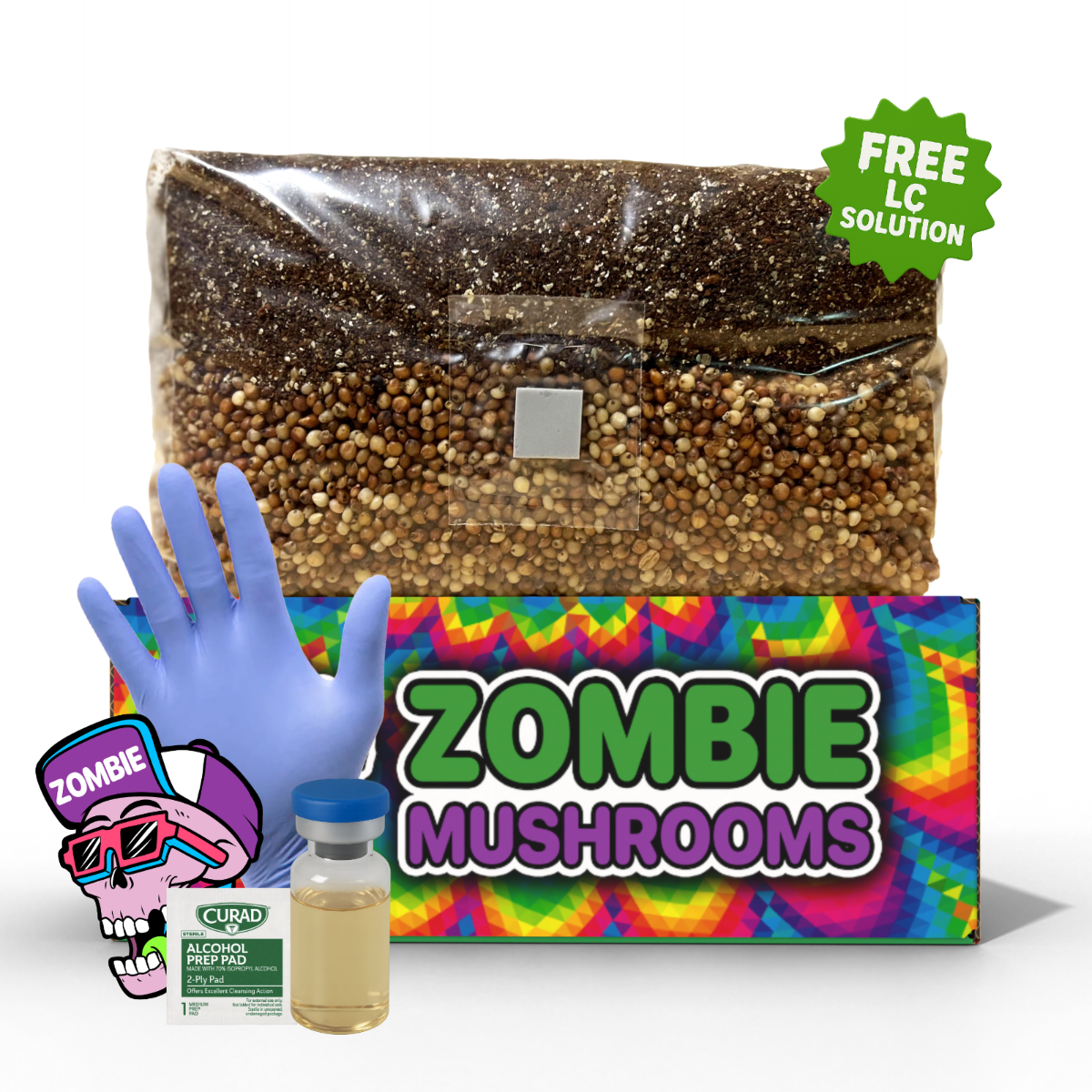- 🧠 Brain imaging studies show that DMT increases global connectivity, disrupting normal neural processing.
- 💊 Researchers found that DMT suppresses the default mode network (DMN), potentially explaining ego dissolution.
- 🔬 DMT primarily interacts with serotonin 5-HT2A receptors, which play a role in perception and mood regulation.
- 🧘♂️ Psychedelic research suggests that DMT may induce states similar to deep meditation or near-death experiences.
- ⚠️ Experts warn that while DMT has therapeutic potential, it also poses psychological risks and remains illegal in most countries.

Introduction
DMT, or N,N-Dimethyltryptamine, is one of the most powerful known psychedelics, capable of inducing profound and often mystical experiences. While traditionally used in ayahuasca rituals, modern psychedelic research is unveiling its effects on brain function. Thanks to advancements in brain imaging, scientists can now explore how DMT influences perception, neural networks, and consciousness—offering potential implications for both neuroscience and mental health treatments. For those curious about the wider world of fungi often linked with these studies, starting small with agar cups or plates provides a simple way to observe and understand mushroom growth firsthand.
What is DMT?

DMT is a naturally occurring compound found in various plants and animals, including the human brain. It has been a key ingredient in ayahuasca ceremonies, where it is combined with monoamine oxidase inhibitors (MAOIs) to prolong its effects. When inhaled or injected in its pure form, DMT induces an intense, short-lived psychedelic experience lasting 5 to 15 minutes.
Effects of DMT on Perception
Those who experience DMT often describe:
- Vivid visual hallucinations – Bright, fractal-like geometric patterns and encounters with autonomous entities.
- Time dilation – A few minutes in real-time can feel like an eternity.
- Ego dissolution – A temporary loss of self-identity, resulting in a sense of oneness with the universe.
- Spiritual or mystical insights – Many report interactions with "otherworldly beings" and revelations about reality.
Unlike other psychedelics, DMT takes users into a completely immersive "alternate reality," making its effects particularly unique and fascinating to neuroscientists.

How Brain Imaging Studies on DMT Work
Understanding how DMT affects the brain requires cutting-edge imaging technologies, including:
- Functional Magnetic Resonance Imaging (fMRI) – Measures blood flow in the brain, helping researchers determine which regions become more active or suppressed under the influence of DMT.
- Electroencephalography (EEG) – Tracks electrical activity in real-time, providing insights into rapid changes in neural connectivity.
Modern brain imaging studies have been crucial in mapping the effects of psychedelics like DMT, helping to explain their profound impact on consciousness.
What Recent Brain Imaging Studies Reveal About DMT’s Effects

Neuroscientists have used brain imaging to uncover how DMT alters neural networks, shedding light on the drug’s striking effects on perception and identity. A key discovery is that DMT significantly increases global functional connectivity, meaning it allows different brain regions to communicate more freely than normal (Timmermann et al., 2019).
Key Findings
- Default Mode Network (DMN) Suppression – The DMN, a network that maintains our sense of self and structured thinking, becomes significantly less active under DMT. This reduction is associated with ego dissolution and a loss of normal cognitive boundaries.
- Increased Neural Complexity – Brain activity appears more chaotic and unpredictable, resembling states seen in dreaming and deep meditation.
- Enhanced Visual Cortical Activity – The regions of the brain responsible for processing visual information become hyperactive, potentially explaining the geometric patterns and hallucinations reported by users.
These findings suggest that DMT disrupts conventional perception, allowing for a hyper-connected and unrestricted neural state, which may explain users’ reports of "visiting other dimensions" or encountering intelligent entities.

Altered Perception and DMT’s Impact on Reality
DMT doesn’t just induce hallucinations—it fundamentally reshapes how the brain constructs reality. Studies indicate that DMT alters sensory interpretation by loosening the normal predictive constraints the brain places on perception.
Reported Perceptual Alterations
- Synesthesia – Many users report sensory blending, such as "seeing sounds" or "feeling colors."
- Distorted Time Perception – Minutes can feel like hours, contributing to the perception of having traveled vast distances or encountered different realms.
- Out-of-Body Sensations – Some individuals describe feeling detached from their physical body, further supporting the idea that DMT disrupts the brain’s normal sense of spatial and temporal awareness.
Since the brain is responsible for constructing our normal waking reality, DMT’s ability to drastically alter this construction raises profound scientific and philosophical questions about the nature of consciousness itself.

The Role of Serotonin and Neural Receptors
Like other psychedelic compounds (such as LSD and psilocybin), DMT primarily affects the serotonin system, specifically binding to 5-HT2A receptors (Barrett et al., 2020).
How DMT Affects Brain Chemistry
- Enhances Serotonin Signaling – This contributes to altered mood, cognition, and perception.
- Increases Plasticity – Some researchers believe that psychedelic compounds may promote neurogenesis or increased brain plasticity, making them potential treatments for depression and PTSD.
- Disrupts Normal Sensory Processing – By overwhelming serotonin pathways, DMT forces the brain to perceive and interpret the world in a dramatically different way.
These chemical interactions help explain why DMT can create such intense and meaningful experiences, from mystical visions to deep emotional breakthroughs.

Consciousness and the Mystical Experience
A fascinating aspect of DMT is its ability to create experiences similar to near-death states, deep meditation, or lucid dreaming (Palhano-Fontes et al., 2015).
Questions Raised by DMT Experiences
- Does DMT provide access to a previously unknown state of consciousness?
- Can brain imaging studies explain mystical or religious experiences?
- Are DMT’s effects purely neurological, or do they hint at something beyond brain function?
Given the similarity between DMT experiences and those described by individuals who have had near-death experiences (NDEs), some researchers theorize that DMT may help unlock deep insights into the nature of human consciousness and possibly even the mechanisms behind mystical or spiritual awakening.

Potential Medical and Therapeutic Applications
While still in early stages, research suggests DMT may have therapeutic potential, particularly in treating:
- Depression and PTSD – By rewiring neural connections, DMT may help individuals with treatment-resistant mental health conditions.
- End-of-Life Anxiety – Psychedelic-assisted therapy, including DMT, is being explored for easing distress in terminally ill patients.
- Trauma Processing – Some psychiatrists believe that the intense emotional breakthroughs experienced under DMT could help individuals process deep psychological wounds.
Emerging Psychedelic Therapy
As regulatory barriers begin to shift, researchers are investigating controlled psychedelic therapy sessions to harness DMT’s potential without the risks associated with recreational use.

Risks and Considerations of DMT Use
Despite its potential benefits, DMT carries risks, including:
- Intense Psychological Distress – Not all experiences are positive; some users report terrifying hallucinations and overwhelming anxiety.
- Legal Issues – DMT is a Schedule I substance in the U.S., making it illegal in most countries.
- Set and Setting – The user’s environment and mental state heavily influence the experience, making safe conditions crucial.
For these reasons, experts emphasize caution when considering DMT use. More research is needed to fully understand its safety and best applications.

Future Directions in Psychedelic Research
The field of psychedelic research is rapidly expanding, with several exciting future directions:
- More Advanced Brain Imaging – AI-driven neuroscience could provide deeper insights into how DMT alters perception and thought.
- New Clinical Trials – Psychedelics may soon be integrated into mainstream psychological treatments, changing how we approach mental health.
- Legal and Ethical Developments – As attitudes toward psychedelics shift, research priorities may evolve to explore regulated therapeutic use.
DMT continues to be at the forefront of scientific exploration into consciousness, perception, and potential medical applications.
Conclusion
DMT is not just a psychedelic—it’s a powerful tool for investigating the nature of consciousness, brain function, and perception. Through cutting-edge brain imaging research, scientists are uncovering how DMT effects disrupt neural networks, alter sensory processing, and even mimic near-death or meditative states. While more studies are needed, this line of psychedelic research is opening doors to new mental health treatments and deeper insights into human awareness itself.
FAQs
What is DMT, and how does it affect the brain?
DMT is a psychedelic that alters brain activity by increasing neural connectivity and disrupting normal perception.
How do new brain imaging studies contribute to psychedelic research?
Brain imaging techniques like fMRI and EEG help scientists observe real-time changes in brain activity during a DMT experience.
What specific changes occur in neural activity when using DMT?
DMT increases global connectivity, suppresses the default mode network, and creates heightened neural complexity.
How does DMT alter perception and consciousness?
It enhances sensory hallucinations, distorts time, and causes ego dissolution, leading to mystical-like experiences.
What are the implications of these findings for science and medicine?
DMT research could contribute to new treatments for depression, PTSD, and understanding consciousness on a deeper level.



